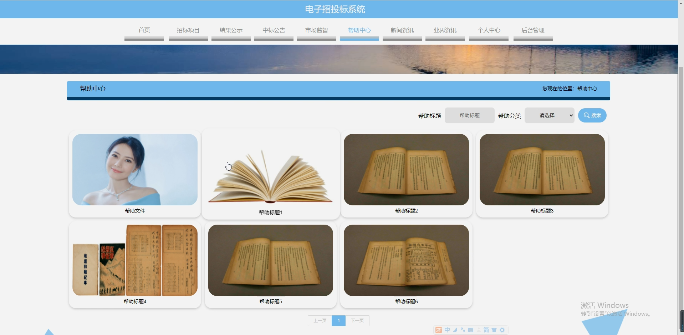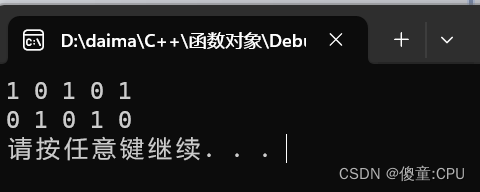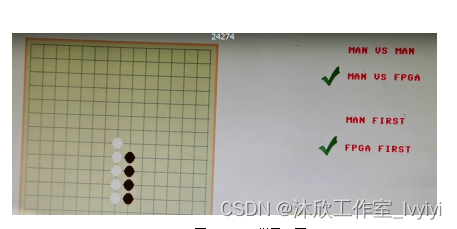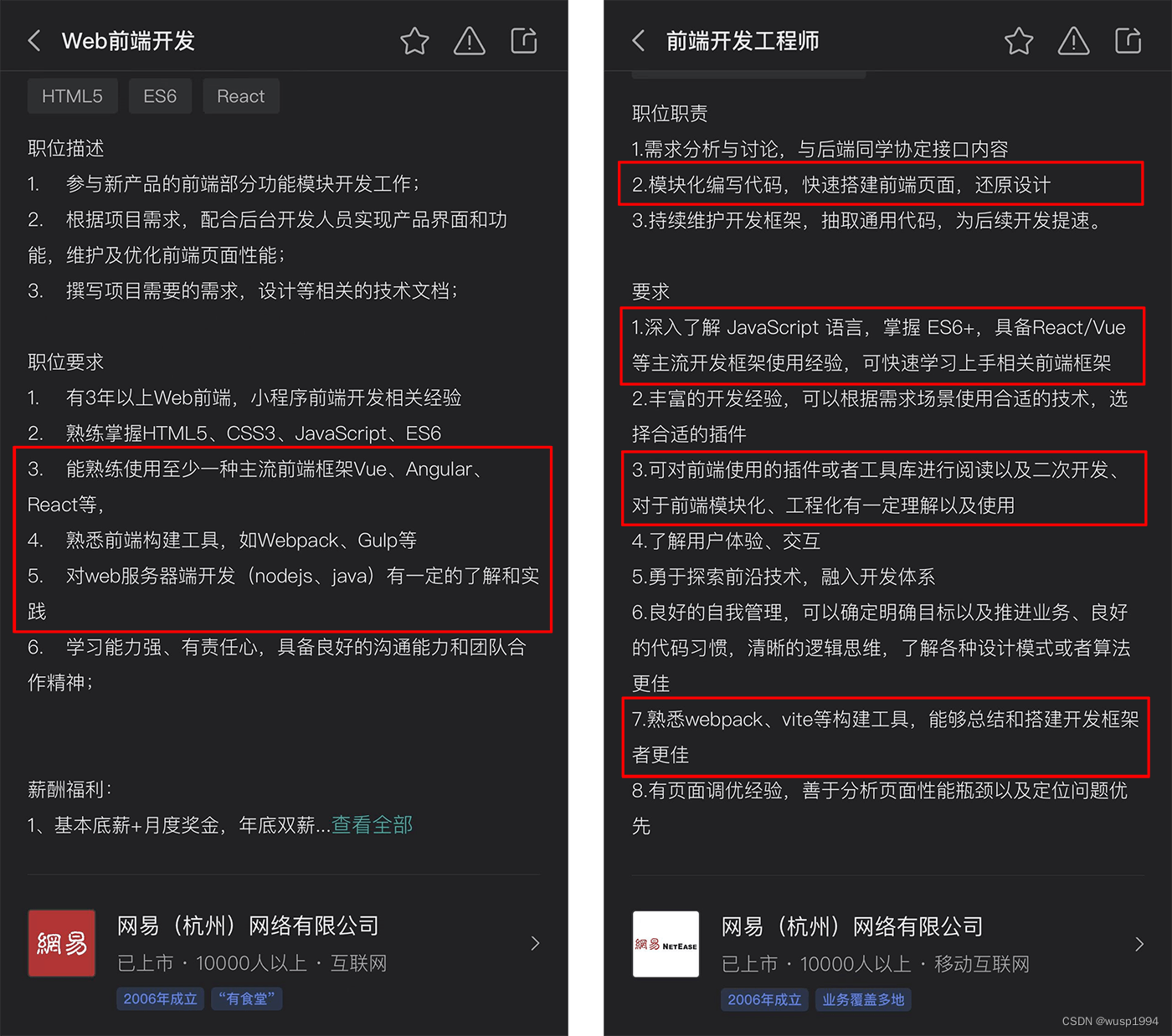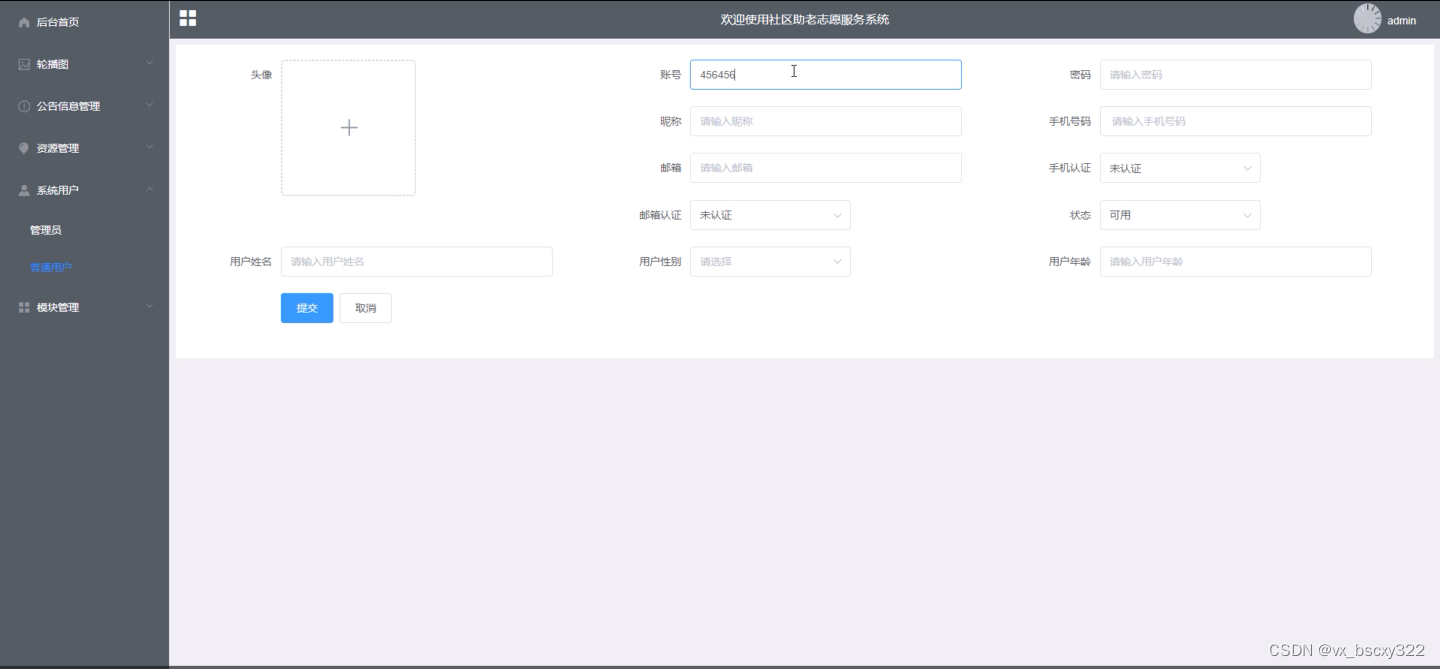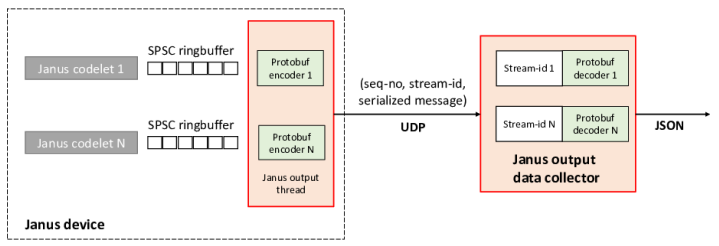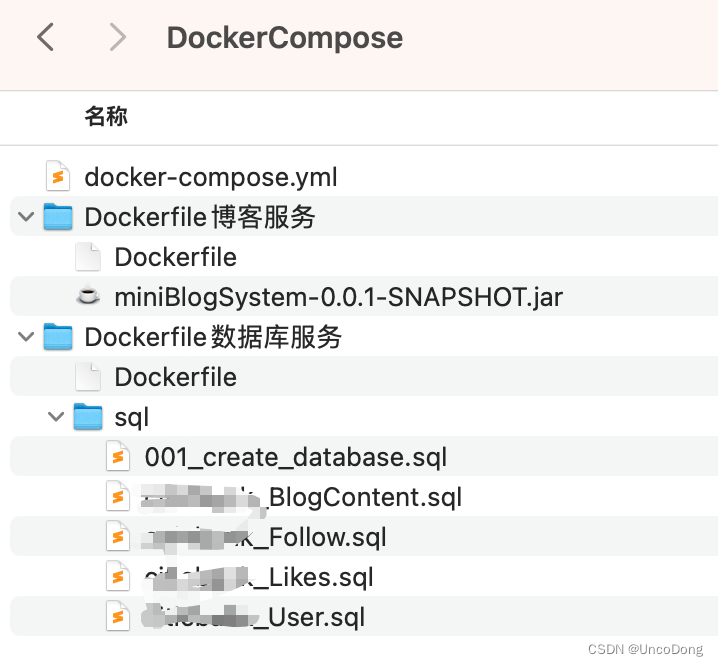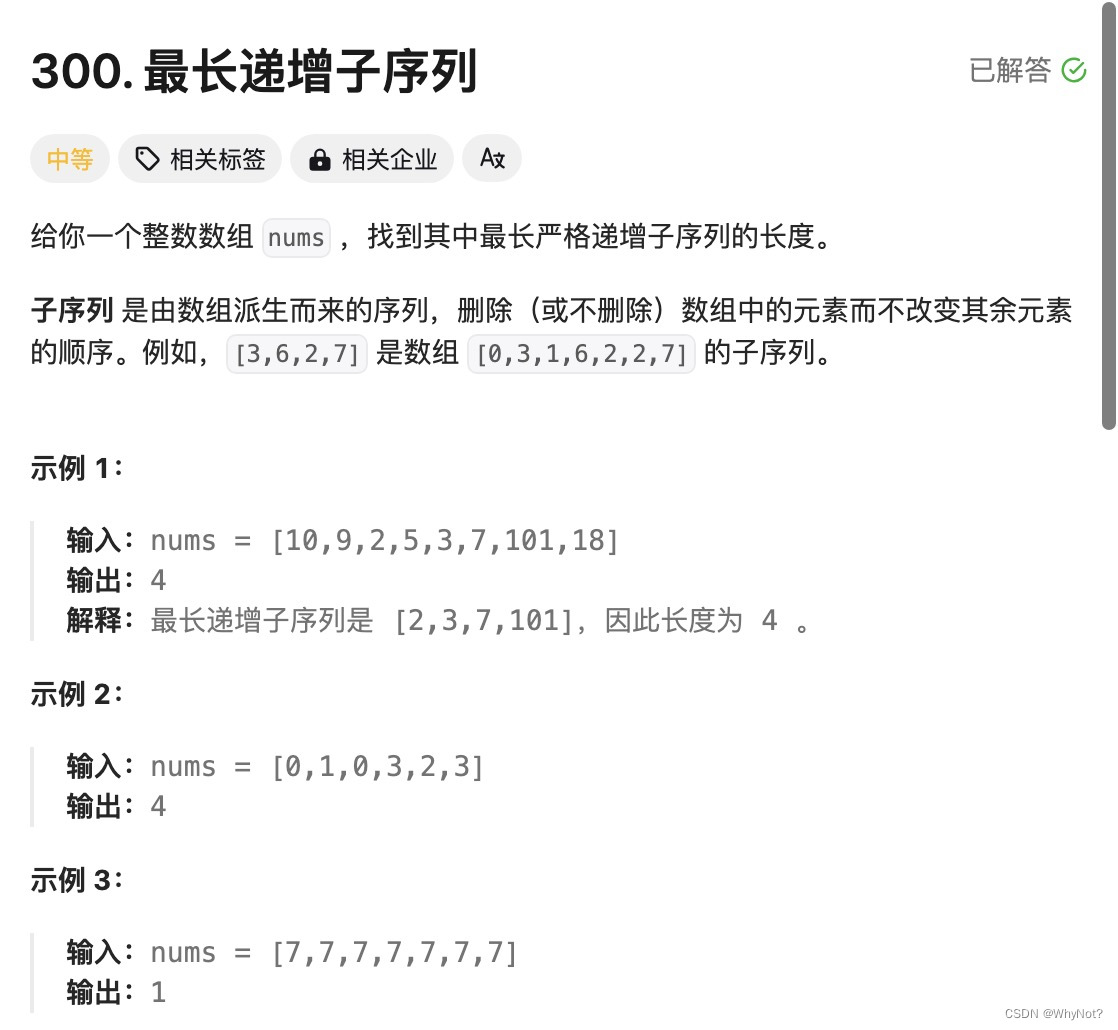前言
动态 SQL 是 Mybatis 的强⼤特性之⼀,能够完成不同条件下不同的 sql 拼接。
<if> 标签
我们在填写用户信息的时候经常会看到如下的界面,用户信息中包含必填信息和非必填信息,非必填信息是填和不填都可以的,那这样的话插入到数据库中的数据有多种情况,SQL 语句也有多种情况,比如地址管理,我可以选择填,也可以选择不填,那么 SQL 语句的插入语句就要对应插入或者不插入
要想完成这个效果,我们就需要构造动态 SQL

接口定义:
//通过用户提供的数据,动态构造 SQL 语句进行插入
Integer insertUserByCondition(UserInfo userInfo);Mapper.xml实现:
<insert id="insertUserByCondition">
insert into userinfo
<trim prefix="(" suffix=")" suffixOverrides=",">
<if test="username!=null">
username,
</if>
<if test="password!=null">
password,
</if>
<if test="age!=null">
age,
</if>
<if test="gender!=null">
gender,
</if>
<if test="phone!=null">
phone
</if>
</trim>
values
<trim prefix="(" suffix=")" suffixOverrides=",">
<if test="username!=null">
#{username},
</if>
<if test="password!=null">
#{password},
</if>
<if test="age!=null">
#{age},
</if>
<if test="gender!=null">
#{gender},
</if>
<if test="phone!=null">
#{phone}
</if>
</trim>
</insert><if> 标签的 test 属性表示判断的内容,如下的代码,判断参数 username 的值是否为 null,相当于判断用户是否输入 username,如果不为 null,说明用户输入了 username ,就需要插入数据到 username 字段,所以拼接 username, 到 SQL 语句中
<if test="username!=null">
username,
</if>如果所有的参数都赋了值,构造的 SQL 语句就是:
insert into userinfo( username, password, age, gender, phone )
values(#{username},#{password},#{age},#{gender},#{phone});如果参数 gender 和 phone 都没赋值,就是:
insert into userinfo( username, password, age)
values(#{username},#{password},#{age});构造的 SQL 语句是根据用户的输入动态改变的
<trim> 标签
在上面 Mapper.xml 实现的代码中,我们用到了 <trim> 标签
标签中有如下属性:
• prefix:表⽰整个语句块,以prefix的值作为前缀
• suffix:表⽰整个语句块,以suffix的值作为后缀
• prefixOverrides:表⽰整个语句块要去除掉的前缀
• suffixOverrides:表⽰整个语句块要去除掉的后缀
在上面 Mapper.xml 实现的代码中,我们使用了<trim> 标签进行了以下处理
• 基于 prefix 配置,开始部分加上 (
• 基于suffix 配置,结束部分加上 )
• 多个组织的语句都以 , 结尾,在最后拼接好的字符串还会以 , 结尾,会基于 suffixOverrides 配置去掉最后⼀个 ,
<where> 标签
<where> 标签只会在⼦元素有内容的情况下才插⼊where⼦句,⽽且会⾃动去除⼦句的开头的 AND 或 OR
看下⾯这个场景, 系统会根据我们的筛选条件, 动态组装 select 语句的 where 条件,来查询到我们指定的内容

假设所有的参数都输入,我们得到的 SQL 语句如下:
SELECT id,username,password,age,gender,phone,delete_flag,create_time,update_time
FROM userinfo
WHERE id = #{id}
AND username = #{username}
AND gender = #{gender};
接口定义:
//通过用户提供的数据,动态构造 SQL 语句进行查询
List<UserInfo> selectByCondition(UserInfo userInfo);Mapper.xml实现:
<select id="selectByCondition" resultType="com.example.springbootdemo.dao.UserInfo">
select id,username,password,age,gender,phone,delete_flag,create_time,update_time
from userinfo
<where>
<if test="id!=null">
and id=#{id}
</if>
<if test="username!=null">
and username=#{username}
</if>
<if test="gender!=null">
and gender=#{gender}
</if>
</where>
</select>假设用户一个参数都没有输入,得到的 SQL 语句就是:
select id,username,password,age,gender,phone,delete_flag,create_time,update_time
from userinfo;
假设用户没有输入 id 参数,得到的 SQL 语句就是:
SELECT id,username,password,age,gender,phone,delete_flag,create_time,update_time
FROM userinfo
WHERE username = #{username}
AND gender = #{gender};<set>标签
<set>标签动态的在SQL语句中插⼊set关键字,并会删掉额外的逗号.(⽤于update语句中)
根据用户传入的参数,动态构造 SQL 语句,插入相关内容
接⼝定义:根据传⼊的用户 id 属性,修改其他传入参数的属性
//通过用户提供的数据,动态构造 SQL 语句进行修改
Integer updateByCondition(UserInfo userInfo);Mapper.xml实现:
<update id="updateByCondition">
update userinfo
<set>
<if test="username!=null">
username=#{username},
</if>
<if test="age!=null">
age=#{age},
</if>
<if test="deleteFlag!=null">
delete_flag=#{deleteFlag}
</if>
</set>
where id=#{id}
</update><foreach> 标签
对集合进⾏遍历时可以使⽤该标签。
标签有如下属性:
• collection:绑定⽅法参数中的集合,如 List,Set,Map或数组对象
• item:遍历时的每⼀个对象
• open:语句块开头的字符串
• close:语句块结束的字符串
• separator:每次遍历之间间隔的字符串
有以下场景我们将要删除的用户 id 都集中放到一个 List<Integer> 列表当中,在删除的时候,将列表中的用户 id 所指向的信息都进行删除
假设列表当中的数据为{1,2,3,4,5},我们要构造的 SQL 语句就应该为:
delete from userinfo where id in(1,2,3,4,5);接口定义:
//给定一个 id 集合,将集合中的所有 id 对应的用户数据都删除
Integer deleteByIds(List<Integer> ids);Mapper.xml实现:
<delete id="deleteByIds">
delete from userinfo
where id in
<foreach collection="ids" item="id" separator="," open="(" close=")">
#{id}
</foreach>
</delete>根据一开始提到的例子,我们通过 <foreach> 标签要构造出来的 SQL 结构应该为 (1,2,3,4,5),1,2,3,4,5 要通过遍历集合中的内容获得、
collection="ids" 表示绑定了参数中的集合 ids
item="id" 表示遍历集合得到的数据放到 id 中,通过 id 来使用
separator="," 遍历集合得到的数据之间通过 , 进行分割
open="(" <foreach> 标签包含的语句块以 "(" 作为开头
close=")" <foreach> 标签包含的语句块以 ")" 作为结尾
<sql> 和 <include> 标签
在xml映射⽂件中配置的SQL,有时可能会存在很多重复的⽚段,此时就会存在很多冗余的代码
我们可以通过 <sql> 标签提取重复的 SQL 片段进行封装,通过 <include> 标签引用封装好的 SQL 片段
通过 <sql> 标签封装:
通过 id 属性为封装的 SQL 片段命名,方便后续进行调用
<sql id="allColumn">
id,username,password,age,gender,phone,delete_flag,create_time,update_time
</sql>
通过 <include> 标签引用:
通过 refid 属性设置要引入的 SQL 片段
<select id="selectByCondition2" resultType="com.example.springbootdemo.dao.UserInfo">
select
<include refid="allColumn"></include>
from userinfo
</select>最终得到的 SQL 语句为:
select id,username,password,age,gender,phone,delete_flag,create_time,update_time
from userinfo;

